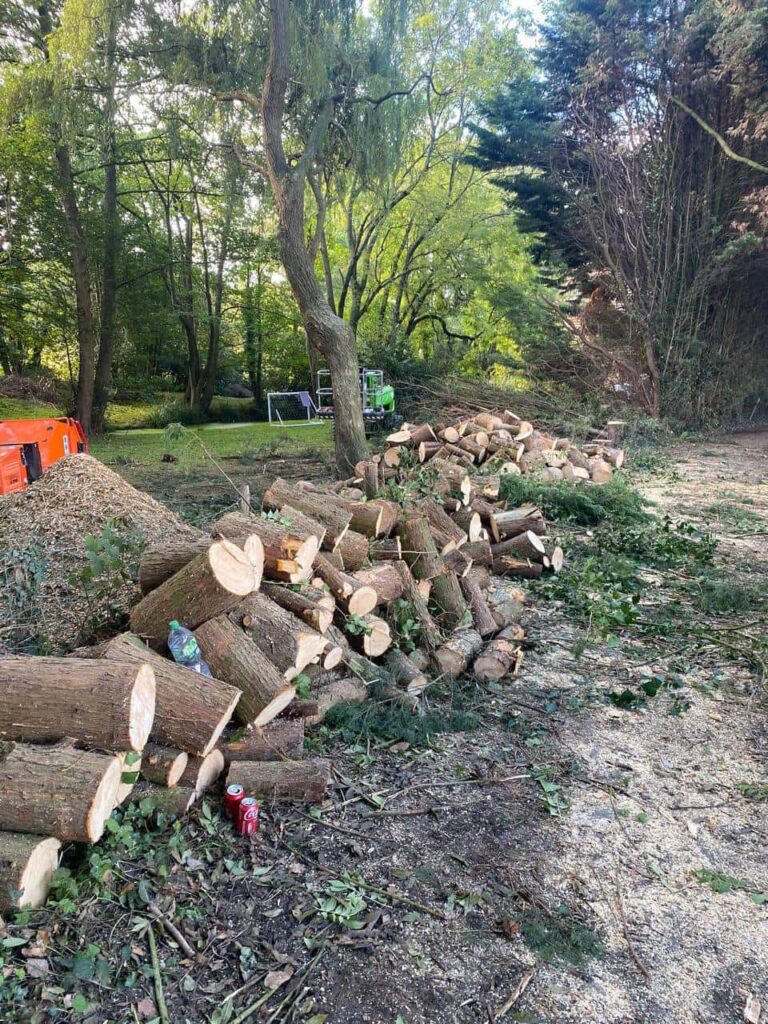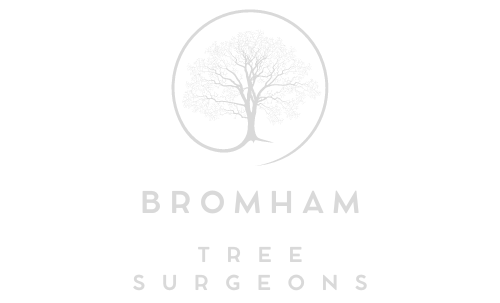Stump Grinding: How to Determine if a Stump is Suitable for Grinding
Introduction: Stump grinding is a popular method for removing tree stumps from residential and commercial properties. However, not all stumps are suitable candidates for grinding. Factors such as size, location, and surrounding landscape must be considered to determine whether stump grinding is the appropriate solution. In this blog post, we’ll discuss how property owners can assess whether a stump is suitable for grinding and what considerations to keep in mind before proceeding with the removal process.
Stump Size:
- The size of the stump is one of the primary factors to consider when determining its suitability for grinding. Generally, stump grinding is most effective for stumps that are smaller in diameter and height. While stump grinders are capable of handling stumps of various sizes, excessively large stumps may require specialised equipment or additional time and resources to grind effectively. Property owners should assess the size of the stump and consult with a professional tree surgeon to determine if grinding is feasible.
Stump Condition:
- The condition of the stump also plays a crucial role in determining its suitability for grinding. Freshly cut or recently deceased stumps are generally easier to grind than older, decayed stumps. Softwood stumps tend to grind more easily than hardwood stumps due to differences in density and composition. Additionally, stumps that are free from extensive rot or infestation are more suitable candidates for grinding. Property owners should inspect the condition of the stump and assess its suitability for grinding based on its structural integrity and composition.
Stump Location:
- The location of the stump within the property is another important consideration. Stumps located in open areas with ample clearance and accessibility are generally more suitable for grinding than those situated in confined spaces or near obstacles such as buildings, utilities, or landscaping features. Accessible stumps allow for easier manoeuvrability of stump grinding equipment and reduce the risk of damage to surrounding property. Property owners should evaluate the location of the stump and assess whether it poses any logistical challenges for the grinding process.
Surrounding Landscape:
- The surrounding landscape and terrain also influence the suitability of a stump for grinding. Stumps located in flat, level areas with minimal obstructions are ideal candidates for grinding, as they provide a stable and safe working environment for tree surgeons. However, stumps situated on slopes, uneven terrain, or near water features may present challenges for grinding due to limited access and stability. Property owners should consider the topography of their property and assess whether the surrounding landscape is conducive to stump grinding.
Consultation with Tree Surgeon:
- Ultimately, the best way to determine if a stump is suitable for grinding is to consult with a professional tree surgeon. Tree surgeons have the expertise and experience to assess the condition of the stump, evaluate site-specific factors, and recommend the most appropriate course of action for stump removal. By enlisting the services of a qualified tree surgeon, property owners can receive expert guidance and ensure that stump grinding is the right solution for their specific needs.
Conclusion: Stump grinding is an effective method for removing tree stumps from residential and commercial properties, but not all stumps are suitable candidates for grinding. Property owners should carefully assess factors such as stump size, condition, location, and surrounding landscape and consult with a professional tree surgeon to determine if grinding is the appropriate solution. By conducting a thorough evaluation and seeking expert advice, property owners can make informed decisions about stump removal and ensure successful outcomes.
Call us on: 01234 860 699
Click here to find out more about Bromham Tree Surgeons
Click here to complete our contact form and see how we can help with your tree’s needs.

